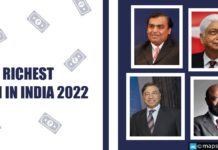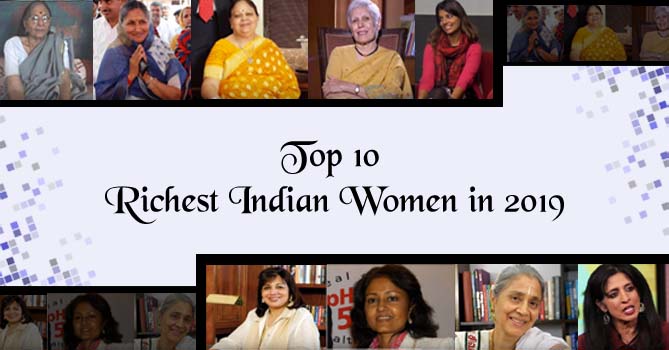Oxfam, a non-profit organisation working to end discrimination and create a free and just society, released its findings on the impact of the coronavirus pandemic on inequality from its survey of 295 economists among 79 countries.
The report titled ‘The Inequality virus’ reveals how the pandemic is deepening long-standing economic, caste, ethnic, and gender divides. The socioeconomic inequalities rose during the pandemic, where the wealthiest section’s wealth grew substantially while most Indians reeled from poverty and hunger.
The global billionaire’s wealth rose by 19% during the pandemic. The world’s 500 wealthiest people gained USD 809 billion this year, a 14% increase since January 2020, while the pandemic pushed 100 million people into poverty. Within nine months, the top 1,000 billionaires had recovered all the wealth they had lost during the pandemic, but for the world’s poorest people, recovery could take 14 times longer.
Notably, the wealth of Indian billionaires increased by 35% during the coronavirus-induced lockdown, ranking India sixth globally after the USA, China, Germany, Russia and France.
The fourth richest man, Mukesh Ambani, was making INR 90 crore per hour during the pandemic, while nearly 24% of the people in the country were earning under INR 3000 per month during the lockdown.
As per the survey, 87% of respondents expected that income inequality in their country would increase or enormously increase as a result of the pandemic.
Talking about healthcare and sanitation, only 6% of the poorest 20% of households had access to non-shared sources of improved sanitation, compared to 93% of the top 20% of households in India.
In terms of caste, just 37.2% of Scheduled castes households and 25.9% of Scheduled Tribes households had access to non-shared sanitation facilities, compared to 65.7% for the general population. It’s important to note that India has the World’s fourth-lowest health budget.
According to the Oxfam survey, the wealthiest 1% have consumed twice as much carbon as the bottom 50% for the last quarter of the century, globally. The rich are polluting the world and driving climate change, while the poorest of the poor endure the most significant consequences.
In India’s unorganised sector crisis, Informal workers were the worst hit, as 75% out of the total 122 million who lost their jobs were in the informal sector. It accounts for around 92 million jobs. India witnessed its most significant migration since Independence, as 10.6 million people walked thousands of kilometres to return to their informal social support networks in rural areas, with a substantial number dying along the way.
Its initial relief package allocated only 0.8% of GDP to social protection for families, resulted in untold economic hardship for the country’s 40 million internal migrants.
Over 300 informal workers died due to the lockdown, with reasons ranging from starvation, suicides, exhaustion, road and rail accidents, police brutality and denial of timely medical care. The National Human Rights Commission recorded over 2,582 human rights violations as early as April 2020, as per the report.
When it comes to the unequal education system, till the end of October, the number of students affected by the closure of educational institutions stands at over 32 crores. Of those, 84% reside in rural areas, and 70% attend government schools.
Further, 56% of respondents thought gender inequality would likely or very likely increase, and two-thirds (66%) thought so of racial inequalities. Two-thirds also felt that their government did not have a plan in place to combat inequality. The closure of government schools has disrupted the mid-day meal scheme, which covers 120 million children in 1.26 million schools. Around 77.8% of ST and 69.4% of SC children are in government institutions, and many of them depend on mid-day meals for their nutritional intake. Moreover, out of the poorest 20% of households in India, only 2.7% have access to computers and 8.9% to internet facilities. 96% of ST and 96.2% of SC households with children lack access to computers.
Worldwide, 740 million women work in the informal economy, and during the first month of the pandemic, their income fell by 60%,143, which amounts to a loss of over $396bn in earnings. As per the report, globally, women are overrepresented in the sectors of the economy that are hardest hit by the pandemic and pay the greatest economic price. If women were represented at the same rate as men in those sectors, 112 million women would no longer be at high risk of losing their incomes or jobs.
According to the World Bank, 501 million more people will still be living on less than $5.50 a day in 2030 if governments allow inequality to increase by just two percentage points annually. The total number of people living in poverty would be higher than before the virus hit.
Conversely, suppose governments choose to act to reduce inequality by two percentage points annually. In that case, we could return to pre-crisis levels of poverty within three years, and 860 million fewer people will be living in poverty by 2030 than if it were left to increase.




